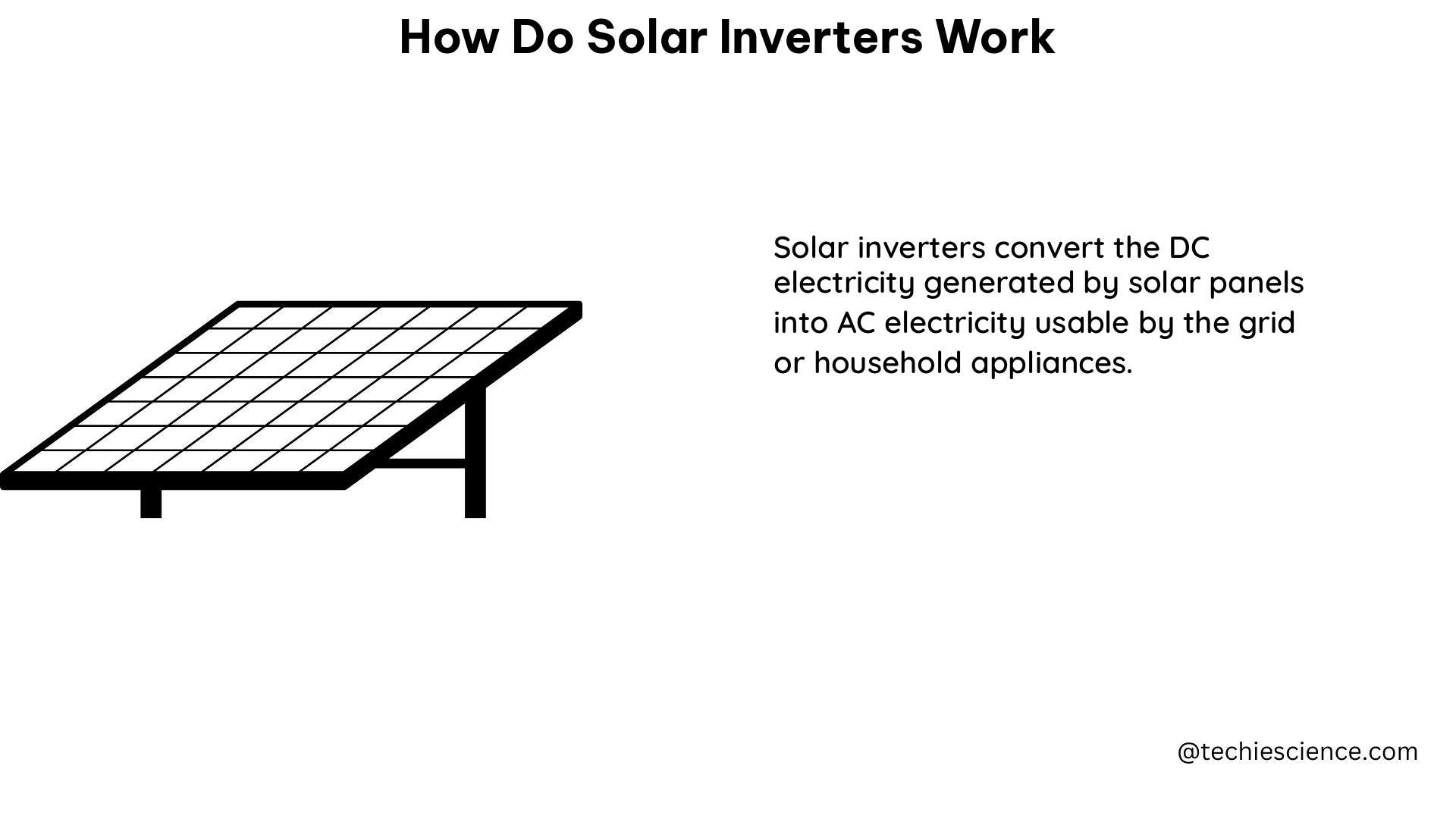Solar inverters are the unsung heroes of the renewable energy revolution, playing a crucial role in converting the direct current (DC) generated by solar panels into the alternating current (AC) that powers our homes and businesses. Understanding the intricate workings of these devices is essential for anyone interested in solar energy, whether you’re a homeowner, a renewable energy enthusiast, or an industry professional.
The Anatomy of a Solar Inverter
At the heart of a solar inverter lies a complex array of power electronics, filters, and communication systems, all working in harmony to transform the raw DC power into a clean, grid-compatible AC supply. Let’s dive into the key components and their functions:
DC-to-AC Conversion
The primary task of a solar inverter is to convert the DC electricity generated by solar panels into AC electricity that can be used by the power grid. This is accomplished through the use of power electronics, specifically transistors, which act as rapid switches that rapidly change the direction of the DC input, creating an AC output.
The efficiency of this conversion process is a crucial metric, as it determines how much of the solar energy is actually converted into usable electricity. Modern solar inverters boast impressive conversion efficiencies, typically ranging from 95% to 98%, meaning that 95-98% of the DC electricity generated by the solar panels is successfully converted into AC electricity.
Filtering and Waveform Shaping
Once the DC electricity has been converted to AC, the inverter must ensure that the output waveform is clean and compatible with the power grid. This is achieved through the use of filters and other electronic components that shape the waveform into a smooth, repeating sine wave.
The sine wave is the standard pattern of voltage over time that the power grid expects, and it’s essential for ensuring that the electricity can be safely and efficiently integrated into the grid without causing any damage to electrical equipment.
Monitoring and Communication
Many modern solar inverters are equipped with advanced monitoring and communication capabilities, allowing them to track the performance of the solar system and communicate with computer networks and control systems.
These features are particularly important in solar-plus-battery storage systems, where the inverter plays a crucial role in managing the flow of energy between the solar panels, the battery bank, and the grid. During grid outages, the inverter can even operate the system independently, ensuring that the solar energy can still be used to power critical loads.
Technical Specifications and Measurements

To fully understand the workings of a solar inverter, it’s important to delve into the specific technical details and measurements that define its performance and capabilities. Here are some key data points:
Voltage and Current Ratings
- A typical solar panel generates DC electricity at around 20-40 volts, depending on the size and type of the panel.
- The inverter converts this DC electricity into AC electricity at a voltage of 120 or 240 volts, depending on the country and region.
- The current rating of the inverter is determined by the size of the solar panel array and the expected power output of the system.
Efficiency and Power Ratings
- The efficiency of a solar inverter typically ranges from 95% to 98%, meaning that 95-98% of the DC electricity generated by the solar panels is converted into AC electricity.
- The size of a solar inverter is typically measured in watts or kilowatts, and it depends on the size of the solar panel array and the amount of electricity that the system is expected to produce.
Response Time and Grid Integration
- The response time of a solar inverter is an important factor in maintaining the stability of the power grid. A typical inverter can respond to changes in frequency within a few milliseconds, ensuring that the solar energy can be seamlessly integrated into the grid.
- Advanced inverters are equipped with sophisticated control algorithms and communication protocols that allow them to actively participate in grid services, such as voltage regulation, frequency response, and reactive power management.
Conclusion
Solar inverters are the unsung heroes of the renewable energy revolution, quietly and efficiently converting the DC power generated by solar panels into the AC electricity that powers our homes and businesses. By understanding the intricate workings of these devices, from their power electronics and filtering systems to their advanced monitoring and communication capabilities, we can better appreciate the critical role they play in the transition to a sustainable energy future.
Reference:
- NREL: Reliability Engineering for Photovoltaic Systems
- YouTube: How Solar Inverters Work
- Chint Global: What is Solar Inverter? How Does Solar Inverter Work?
- University of Arizona: Understanding Solar Inverters
- U.S. Department of Energy: Solar Integration, Inverters, and Grid Services Basics

The lambdageeks.com Core SME Team is a group of experienced subject matter experts from diverse scientific and technical fields including Physics, Chemistry, Technology,Electronics & Electrical Engineering, Automotive, Mechanical Engineering. Our team collaborates to create high-quality, well-researched articles on a wide range of science and technology topics for the lambdageeks.com website.
All Our Senior SME are having more than 7 Years of experience in the respective fields . They are either Working Industry Professionals or assocaited With different Universities. Refer Our Authors Page to get to know About our Core SMEs.